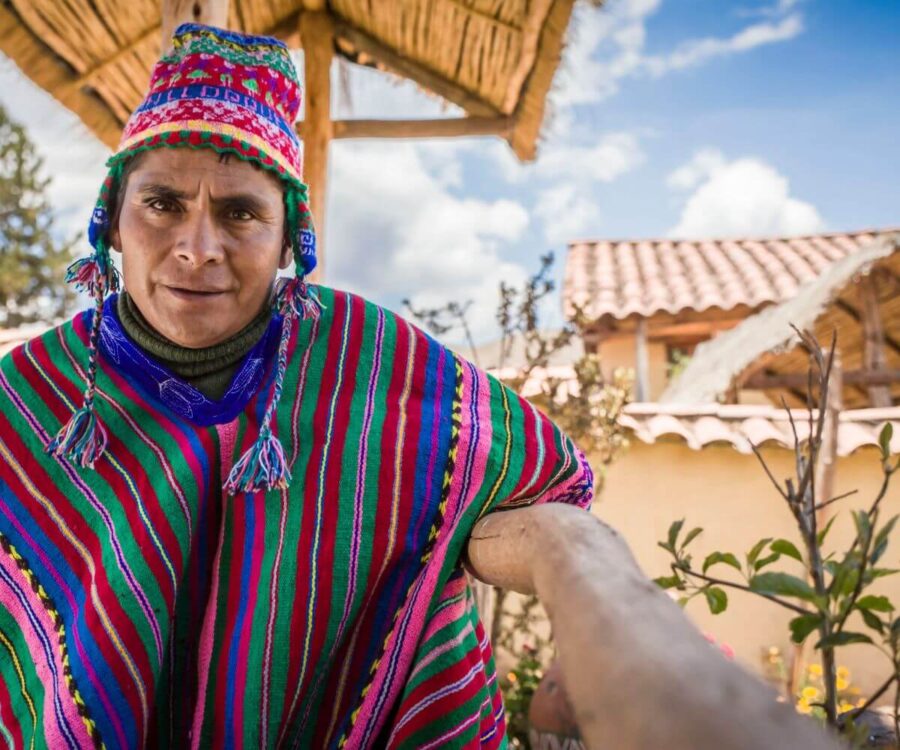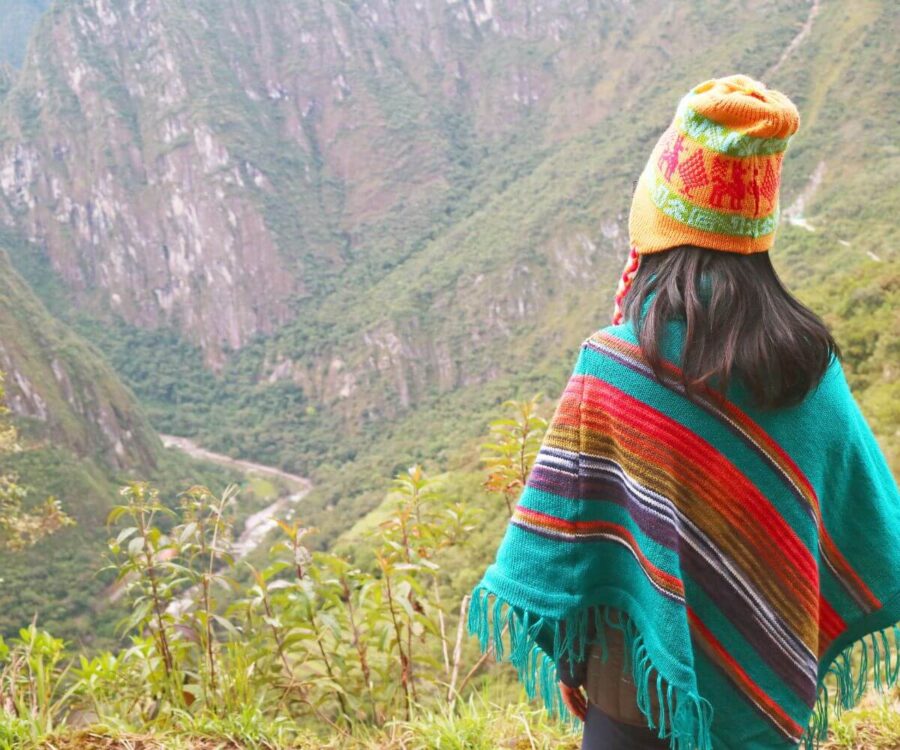It is a colorful garment with earflaps, very traditional in the high Andean regions. Nowadays, it has gained significant international popularity because it has captured the world's attention with its unique design. This item is highly valued for its history and its handcrafted process, as it preserves an ancestral form. Now, get ready to discover the trends of Peru:
Table of Contents
The Andean chullo originates from the Andes, where it is used as protection against the cold. Its traditional design is handwoven by people from rural areas.
The chullo dates back to Inca times, where it protected them from the cold; it also indicated the social status of the wearer. Today, it has evolved but remains a symbol of cultural identity. The chullo is appreciated as a fashion garment that maintains a connection to Andean culture.
It is primarily made with alpaca fiber, globally known for being soft, warm, cold-resistant, sustainable, and environmentally friendly. Additionally, it is a great choice for those seeking comfort.
Each chullo is a work of craftsmanship and dedication by Andean weavers, typically sold in shopping centers and some tourist locations.
The making of this item combines traditional techniques and manual skill. It begins with the selection and dyeing of alpaca fiber, followed by the weaving process that creates unique pieces. Some reflect traditions, experiences, flora, fauna, and more.

The chullo has been incorporated into fashion and high couture, being used by international designers in winter collections. Currently, it is a garment that combines culture and modern style.
Today, it has transcended its Andean origins to become a global trend, as international designers have incorporated it into their collections. This blend of tradition and modernity has allowed more people to discover the culture, supporting local communities in preserving their traditions.
Although it is associated with the cold, it is versatile as it can be worn in any season. The colorful designs make it a fashion statement for warm climates, while in winter, it provides warmth. The essence of this garment is that it pairs well with other clothing.
It is a piece that represents traditions and supports the craftsmanship of Peruvian communities. When you choose a chullo, you not only preserve a tradition but also acquire a unique accessory, embracing a style rooted in ethics and culture.
You can purchase it directly from communities or artisanal stores that support fair trade. This way, you obtain a quality product while supporting local artisans.
Its roots lie in pre-Inca cultures, but over time, it has evolved, incorporating unique characteristics.

It is a symbol of Andean identity, showcasing the connection of communities with their environment and worldview. The colors and designs convey beliefs, traditions, and customs passed down from generation to generation, serving as a cultural heritage.
The designs often carry meanings related to sacred animals or natural elements such as mountains and rivers, delivering a cultural message to preserve and share Andean culture.
In the last decade, designers like Dior have highlighted its artistic and cultural value. This inclusion has elevated the chullo to be recognized as a work of art.
The main crafting regions are where Andean communities keep the traditions of artisanal weaving alive.
It is mainly crafted in regions like Cusco, Puno, and Ayacucho, where communities continue to preserve traditional techniques. A significant portion of the sale of artisanal products is still maintained in these areas.
It is more than just a garment for the cold; it is a symbol of Andean culture and a global fashion accessory. It has endured over time in Peru to honor the legacy of our ancestors.
It’s time to embark on new adventures. Don’t doubt that Peru is one of the best options. Come and learn more about its ancestral richness.
